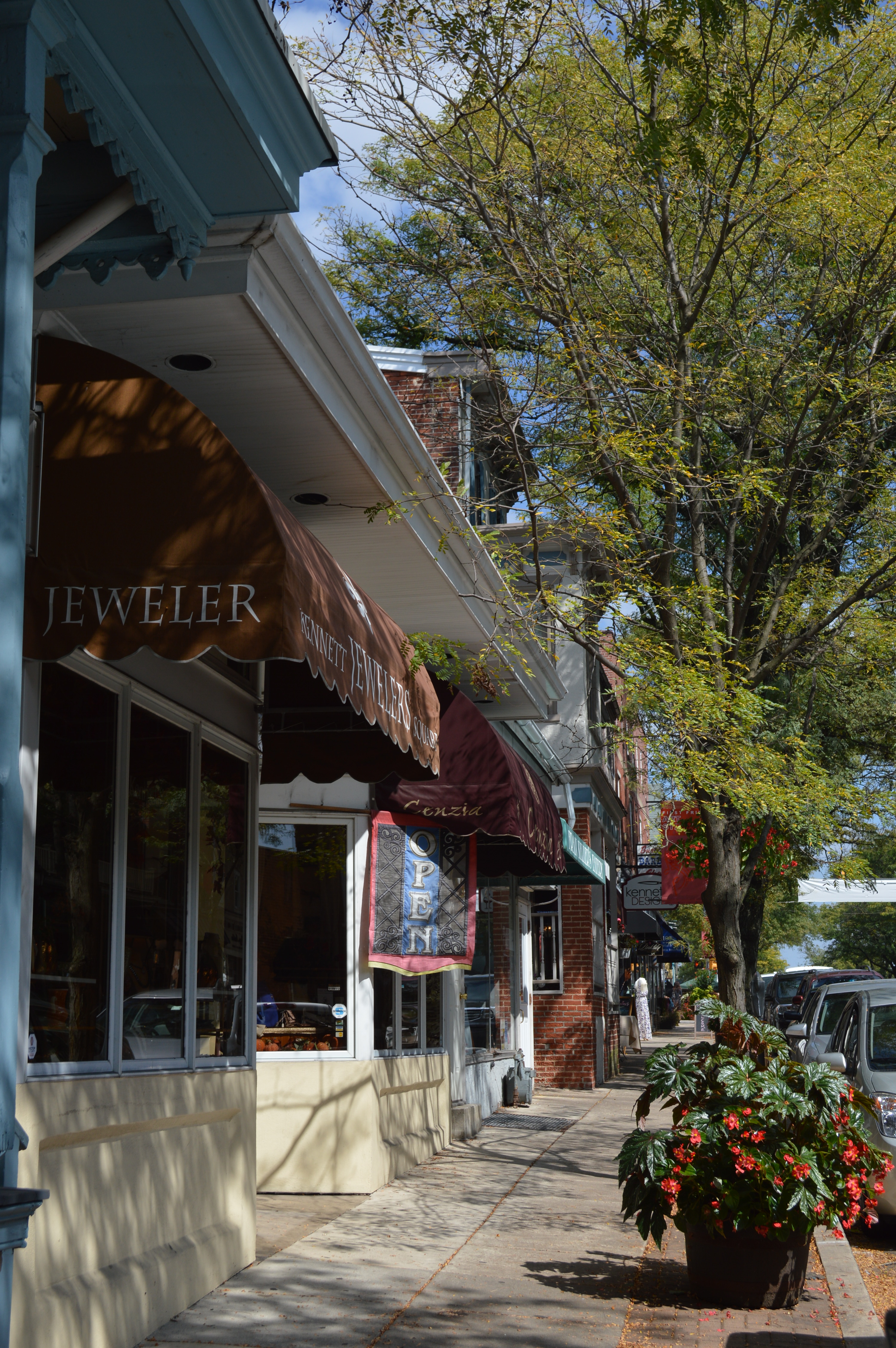 Environment
Environment Communities
Communities
Trees filter air and water, absorb stormwater, cool people and property, provide habitat for wildlife, increase property values, and provide a calming and beauty in built-up areas typically dominated by development, structures, and hard surfaces. They can also help mitigate some of the predicted impacts of climate change, such as extreme heat and more frequent severe storms. Tools like a street tree ordinance and community tree management plan can help a municipality build and protect its canopy.
A tree inventory serves as the foundation for a street tree management plan by providing specific data on street and park tree location, species, condition, and maintenance needs to manage budgeting, staffing, and care for a community’s trees.
A street tree ordinance enables a municipality to implement its street tree management plan. The ordinance identifies municipal responsibilities for planting, maintaining, and removing trees, and establishes a tree commission with the authority to guide the management of public street and park trees.
A management plan for community forests and trees outlines a community’s vision and prioritized goals to protect and grow its tree canopy. It describes the current structure of the forest, the function trees provide to the community, and goals and actions for the management of a community’s trees. It should also look forward to consider the impacts of climate change and select trees that will be able to survive in a hotter and wetter future.
